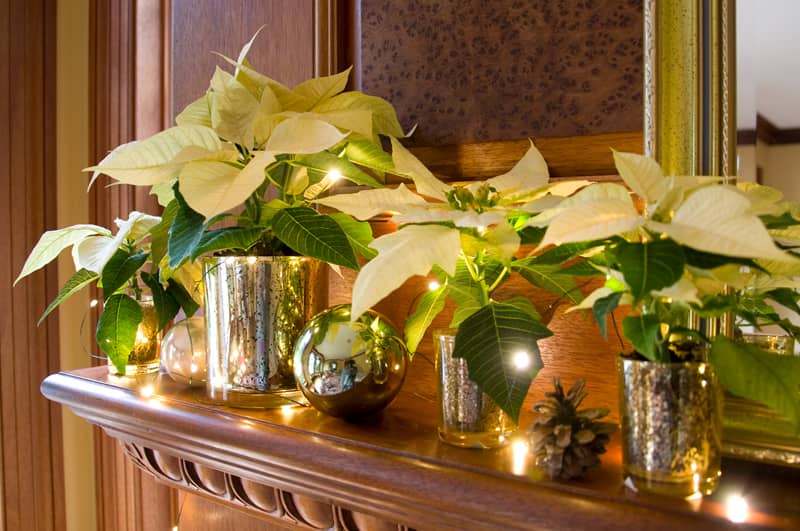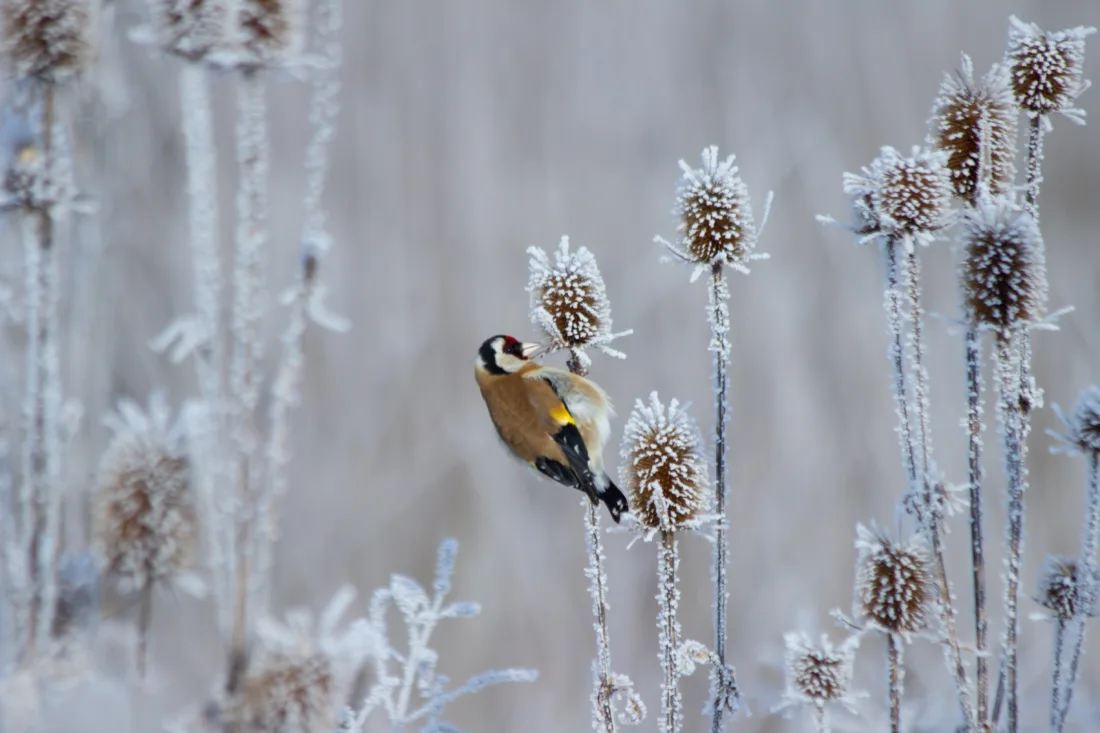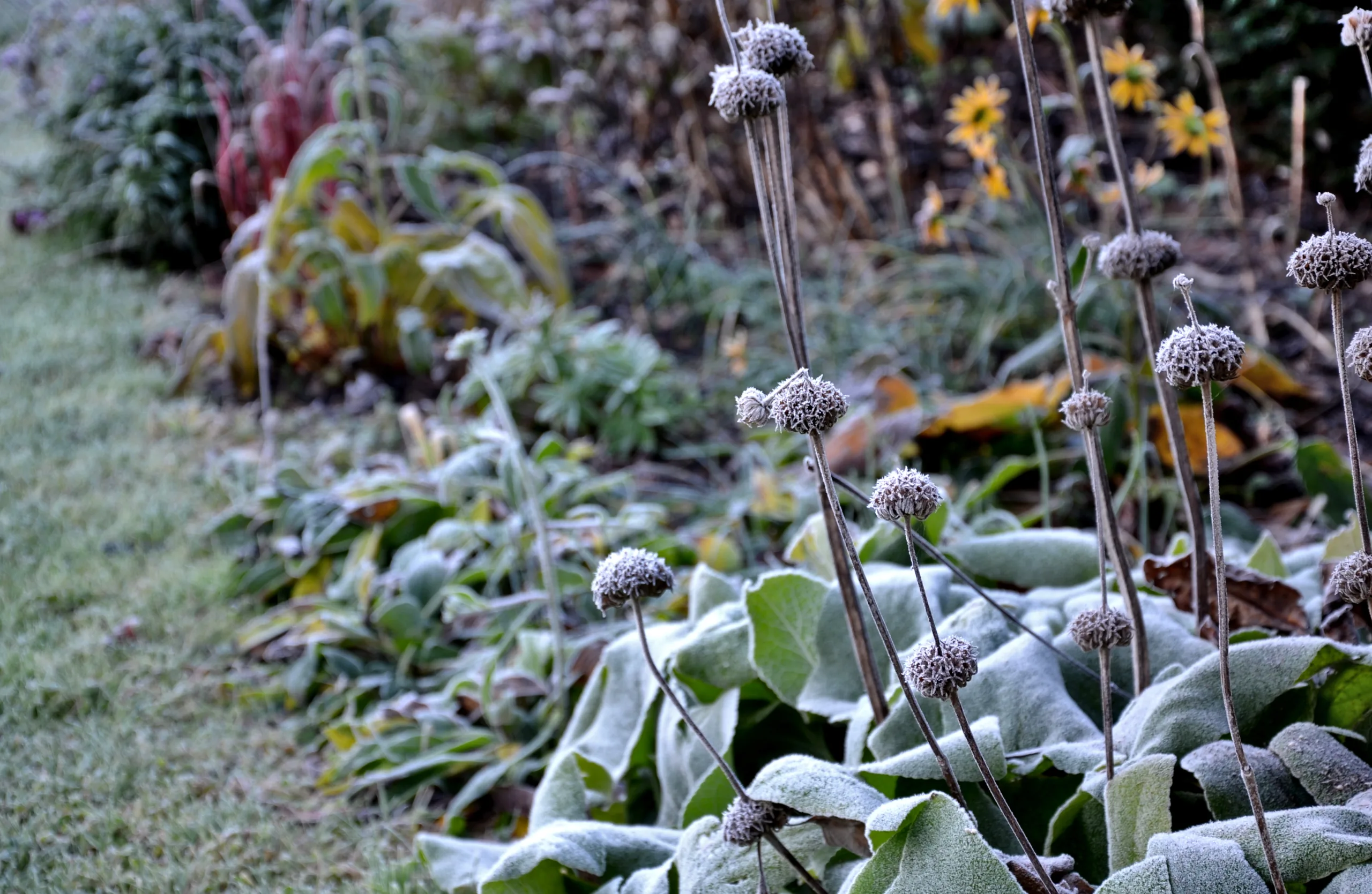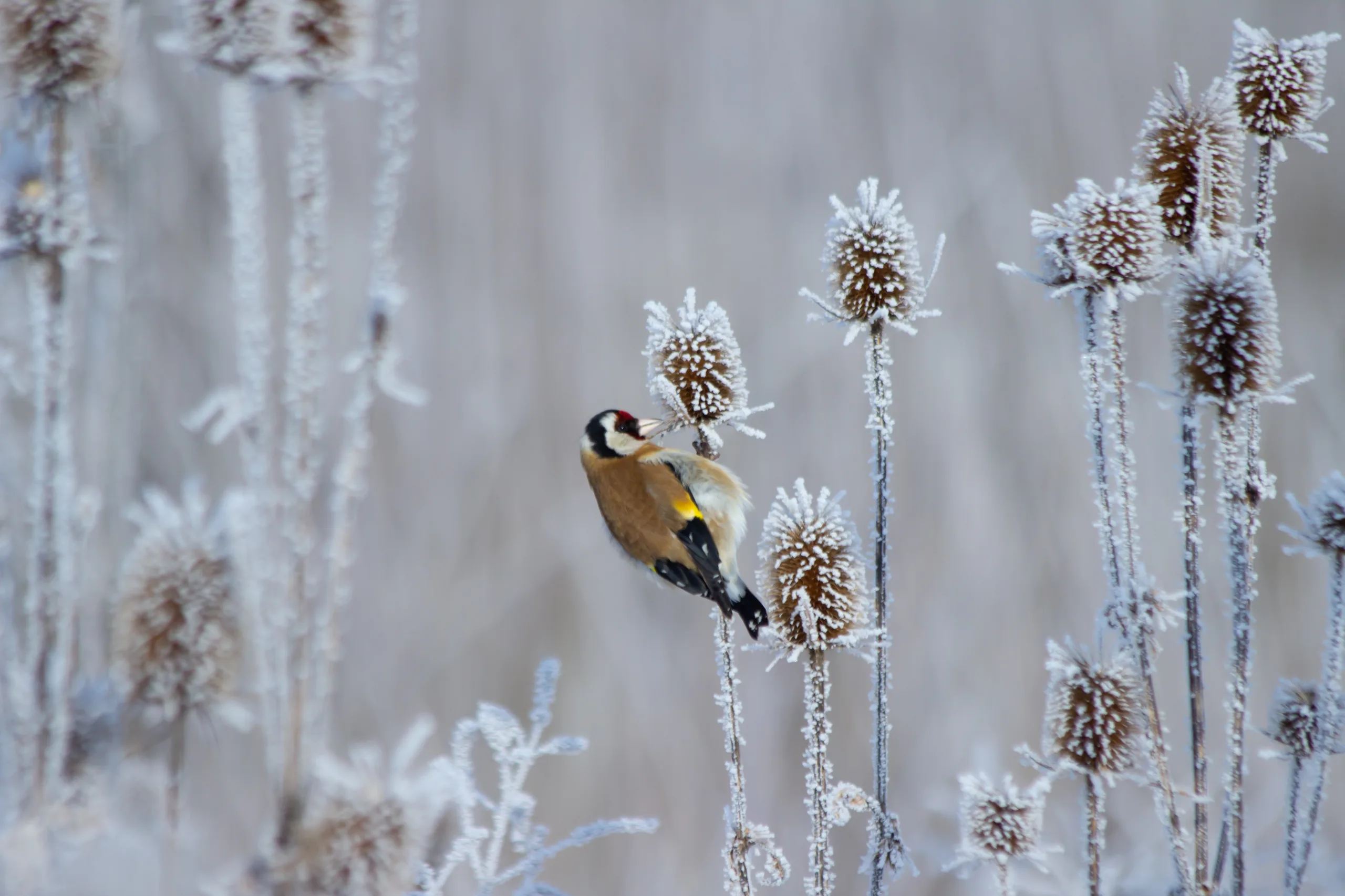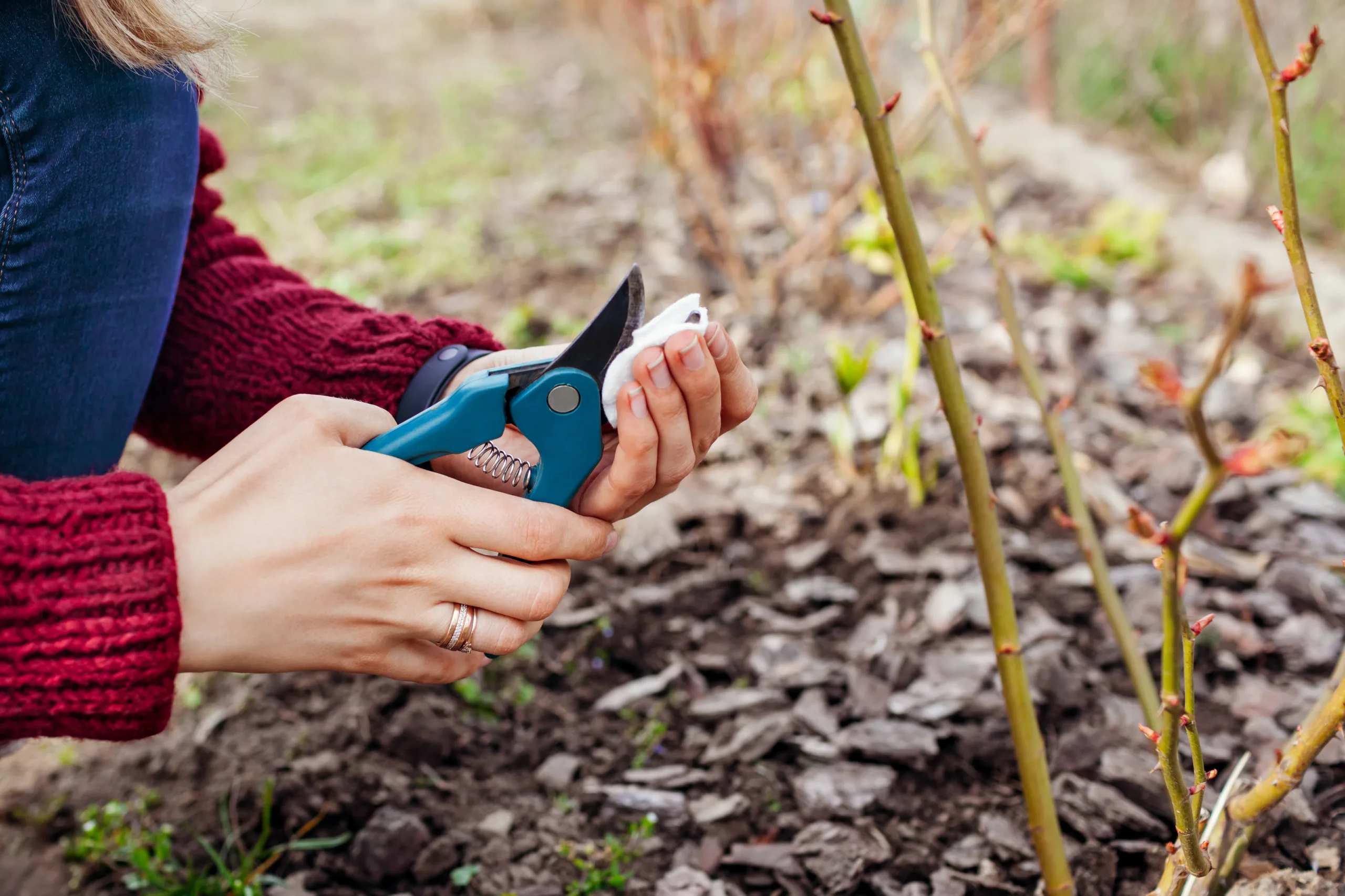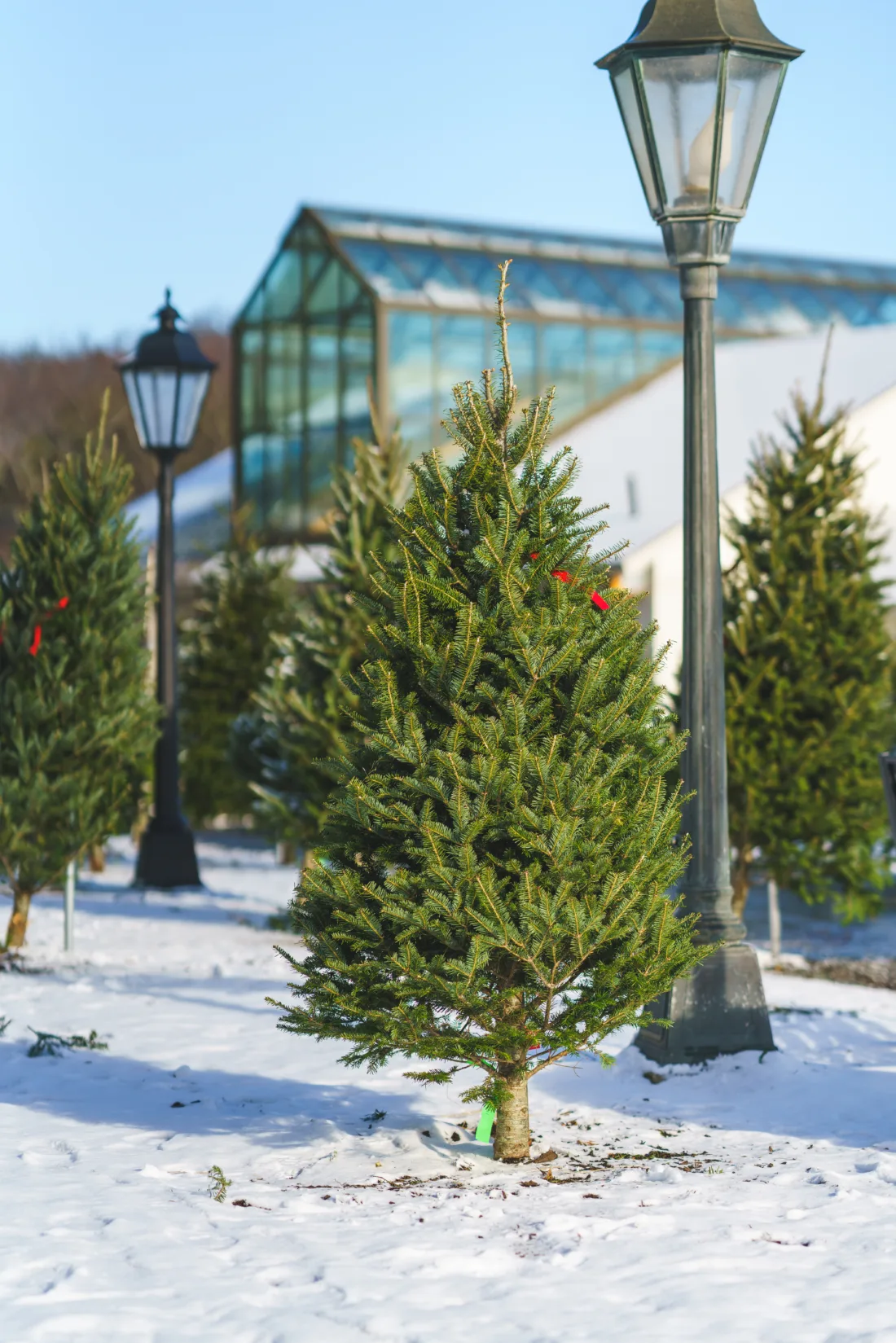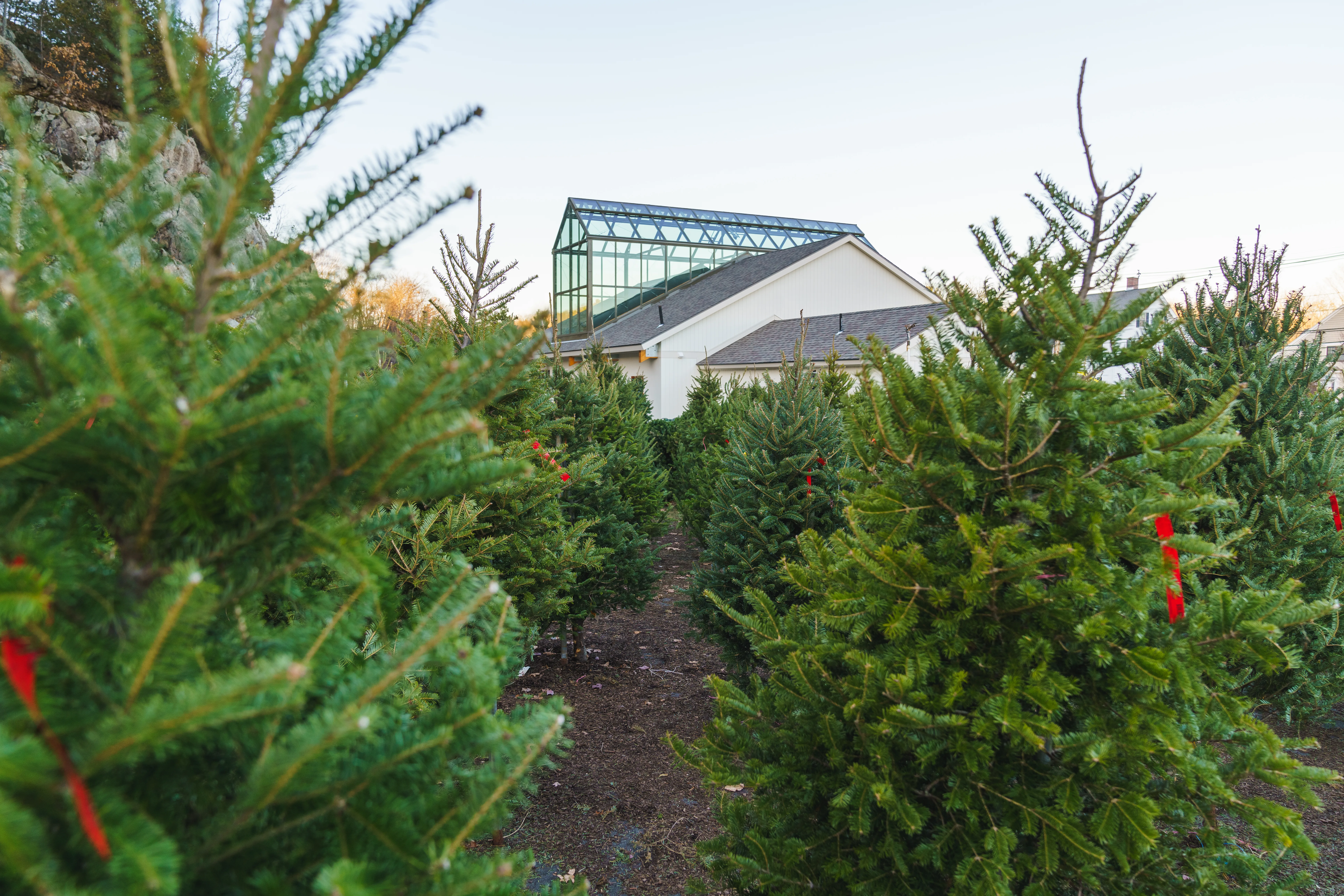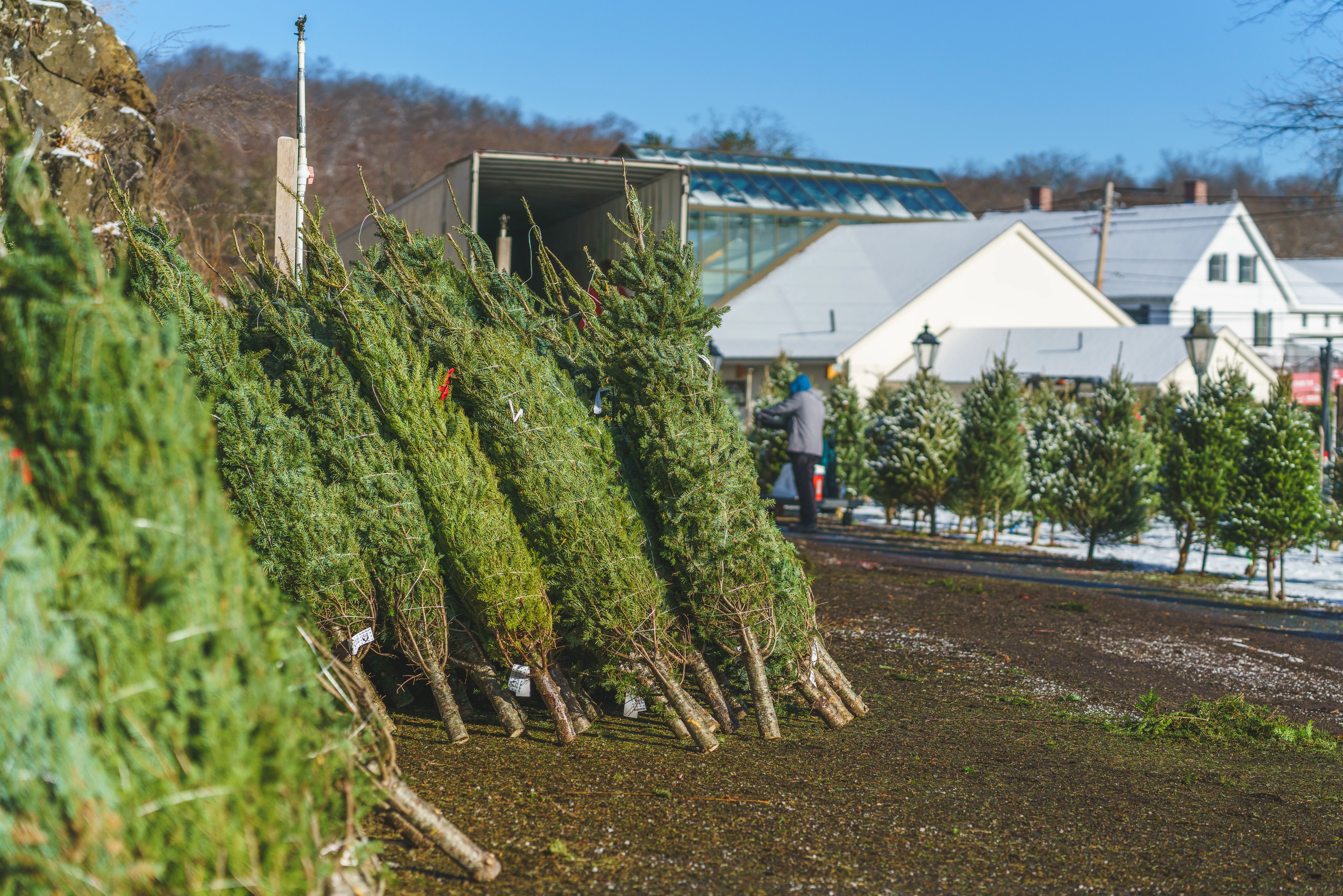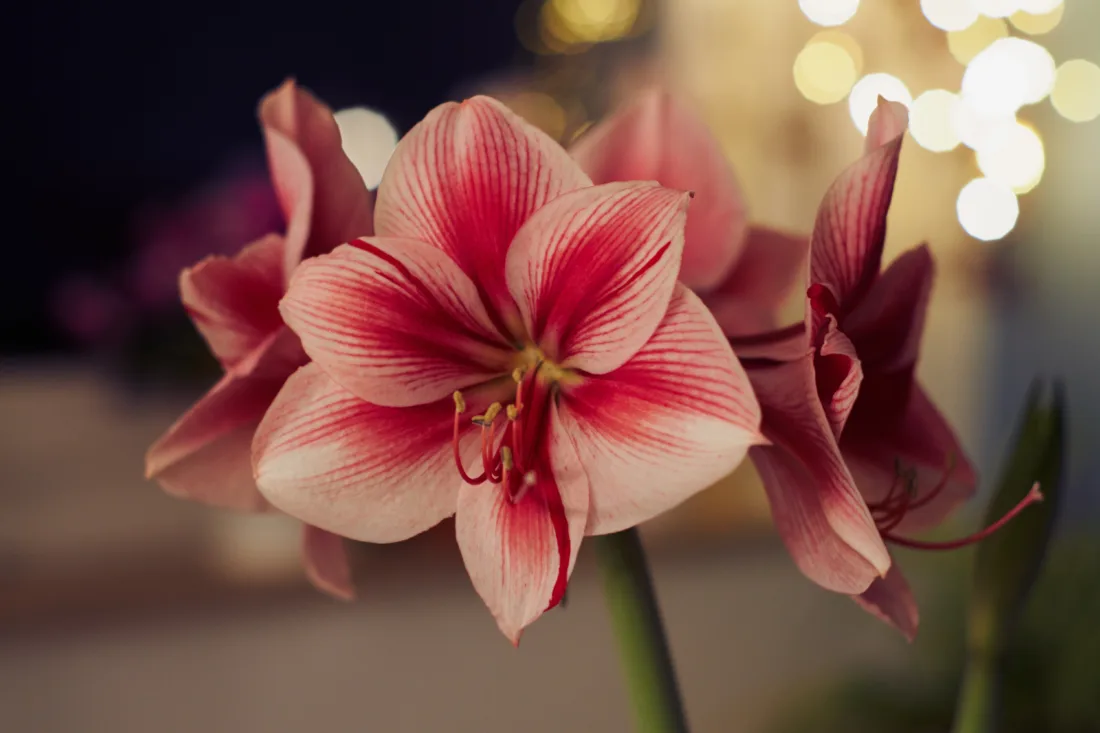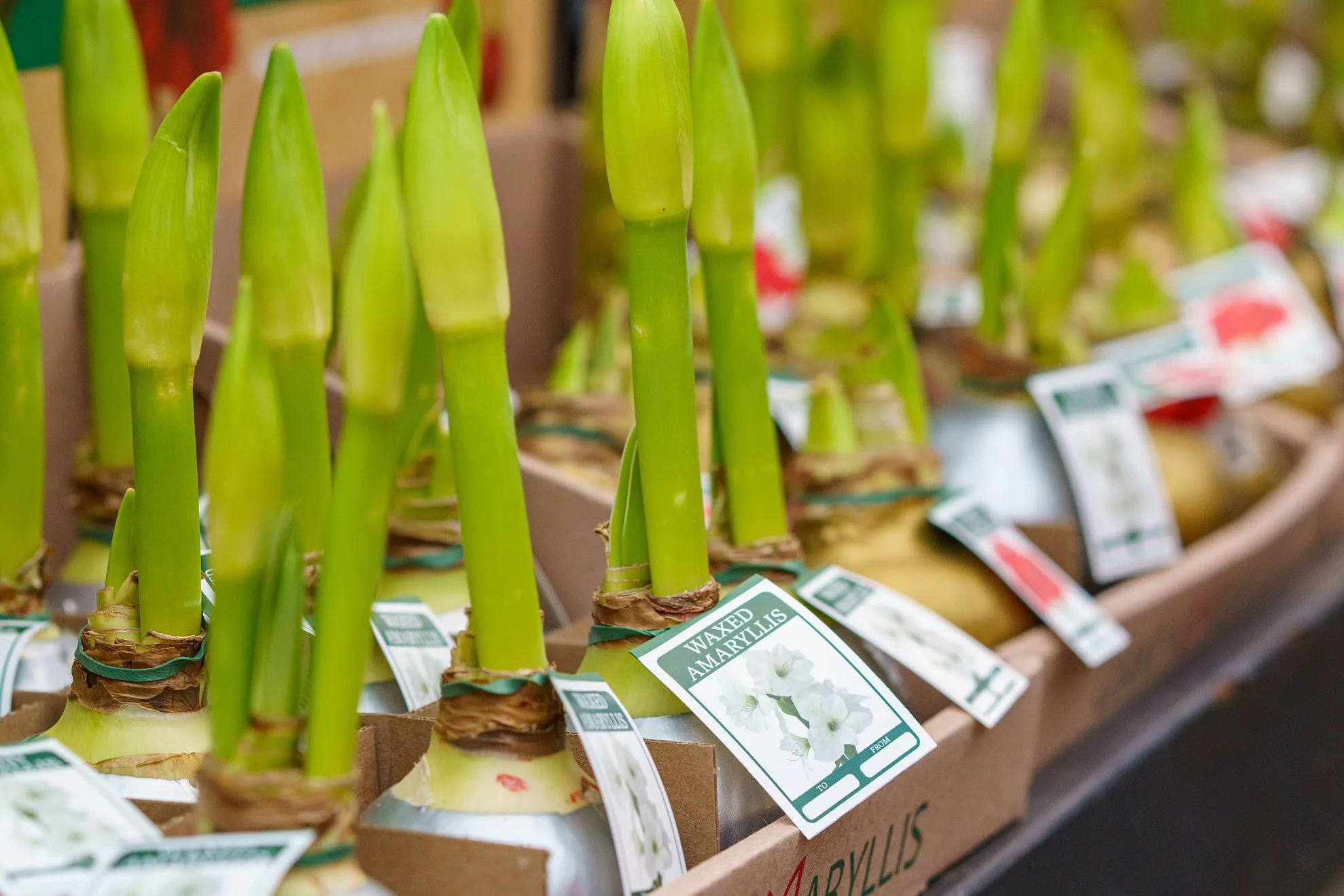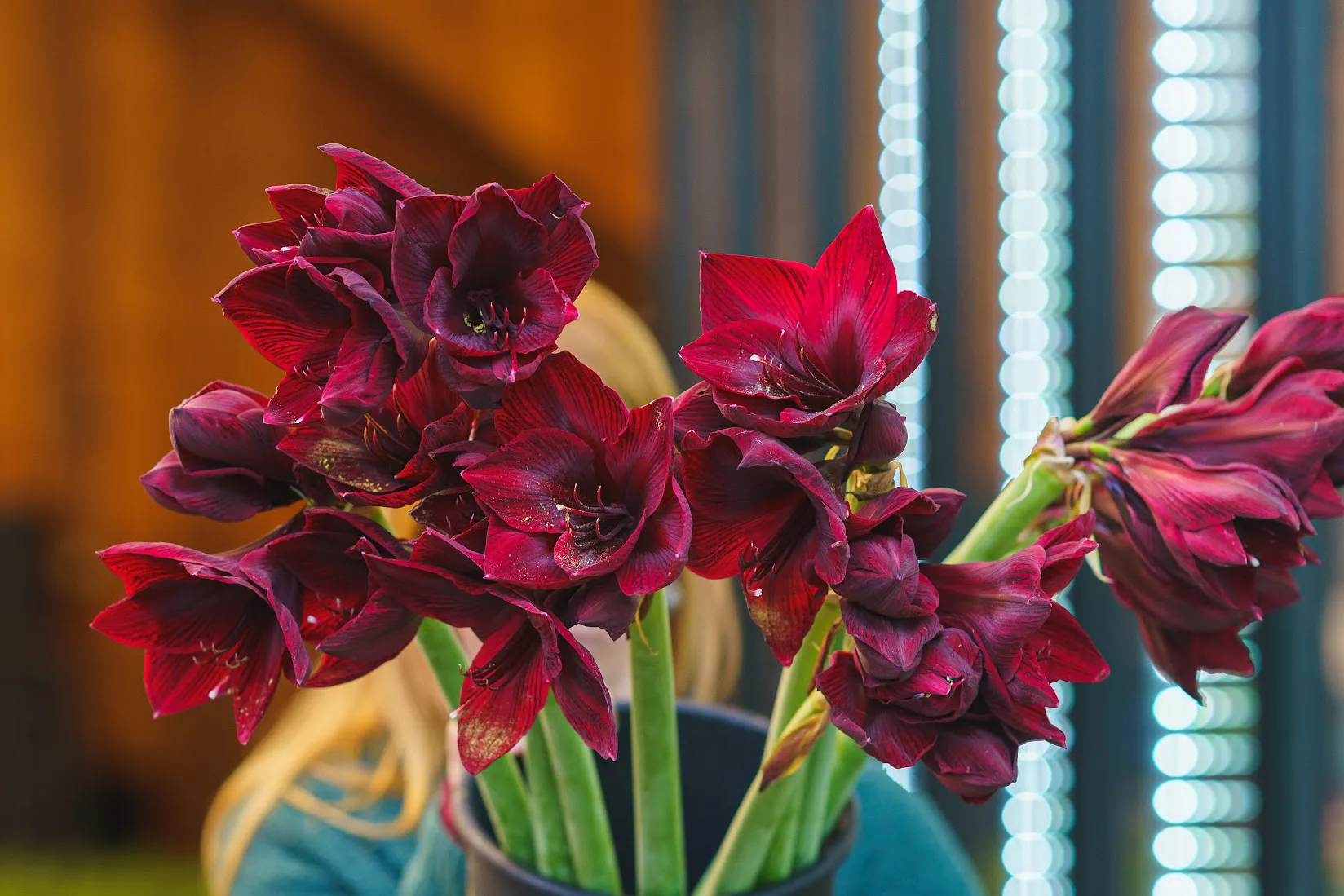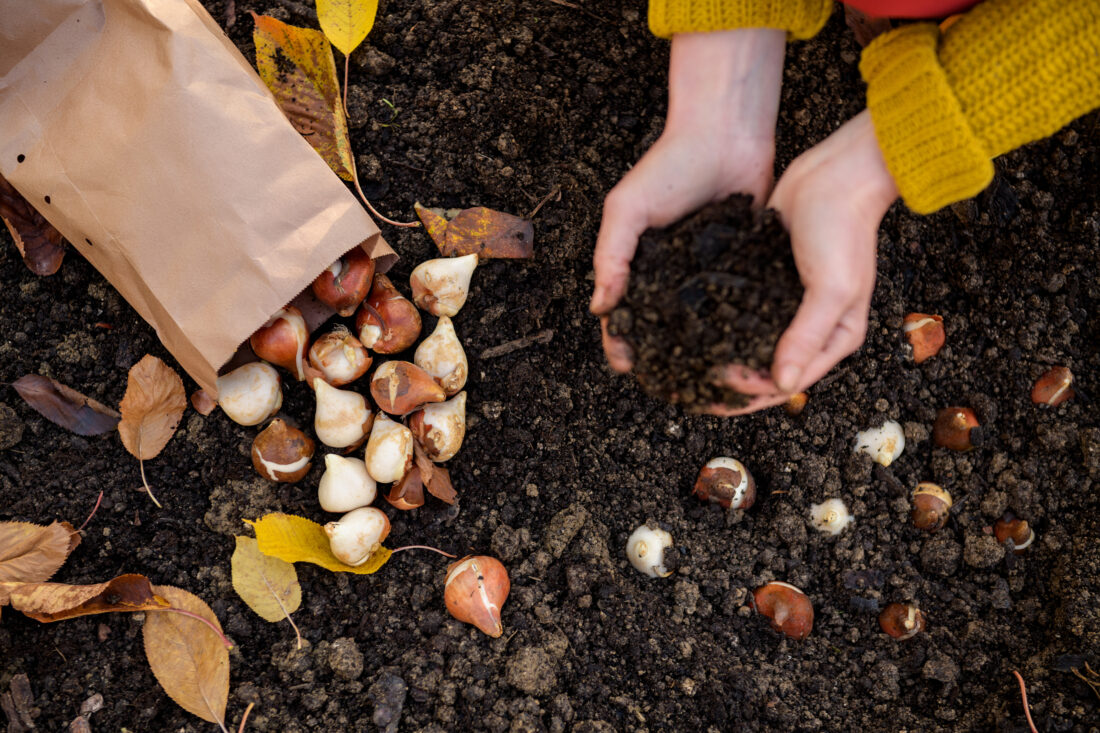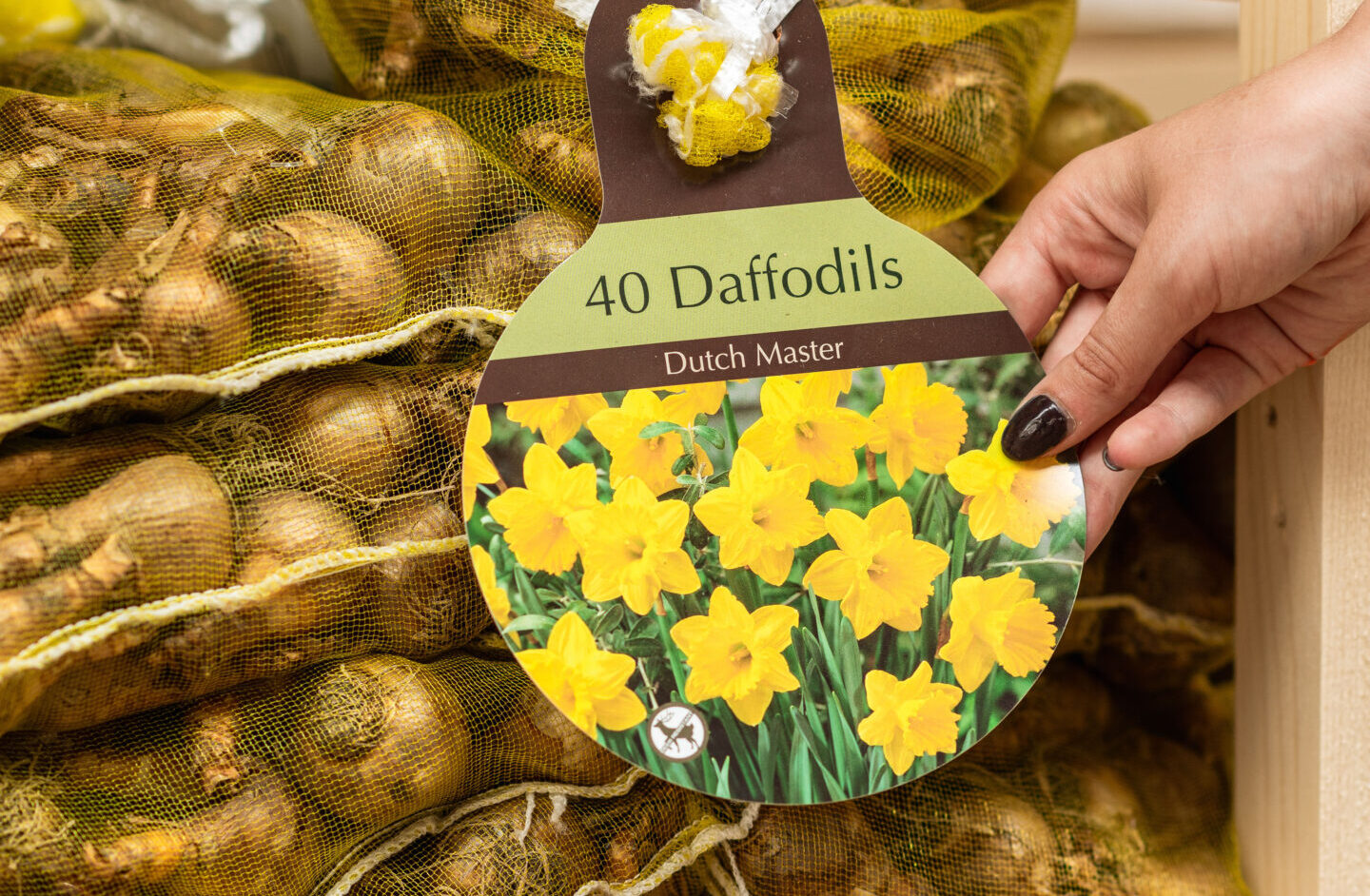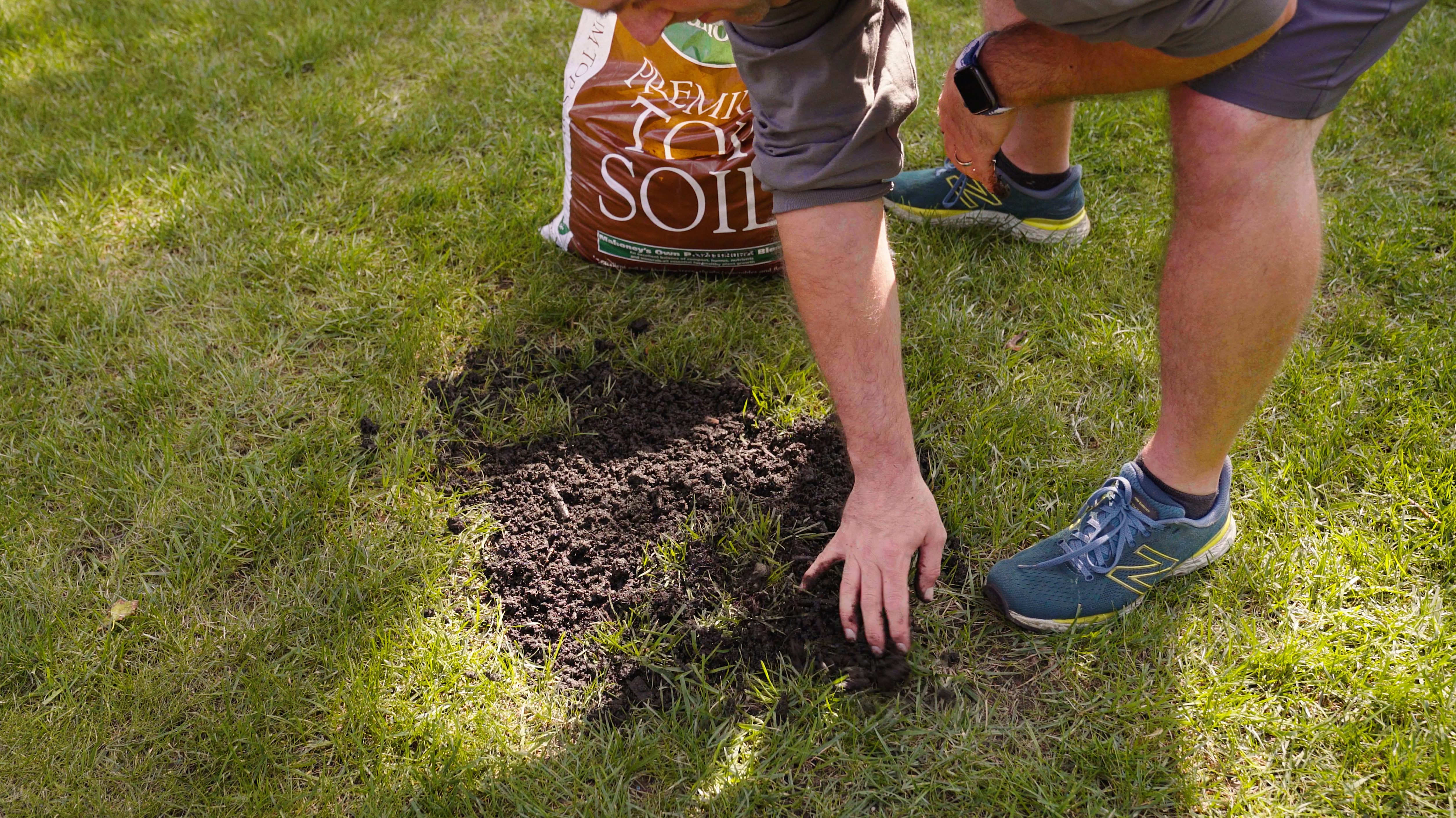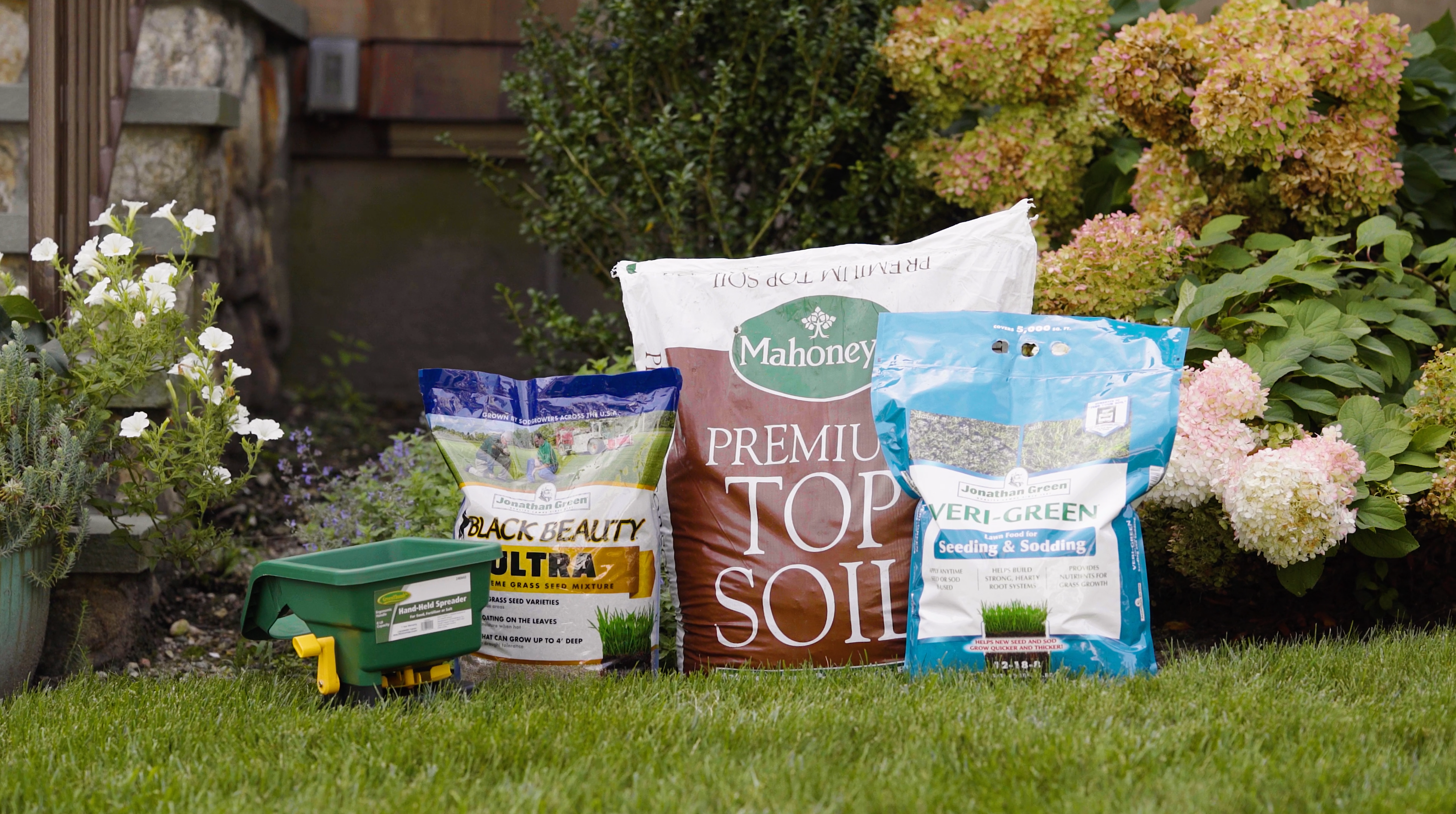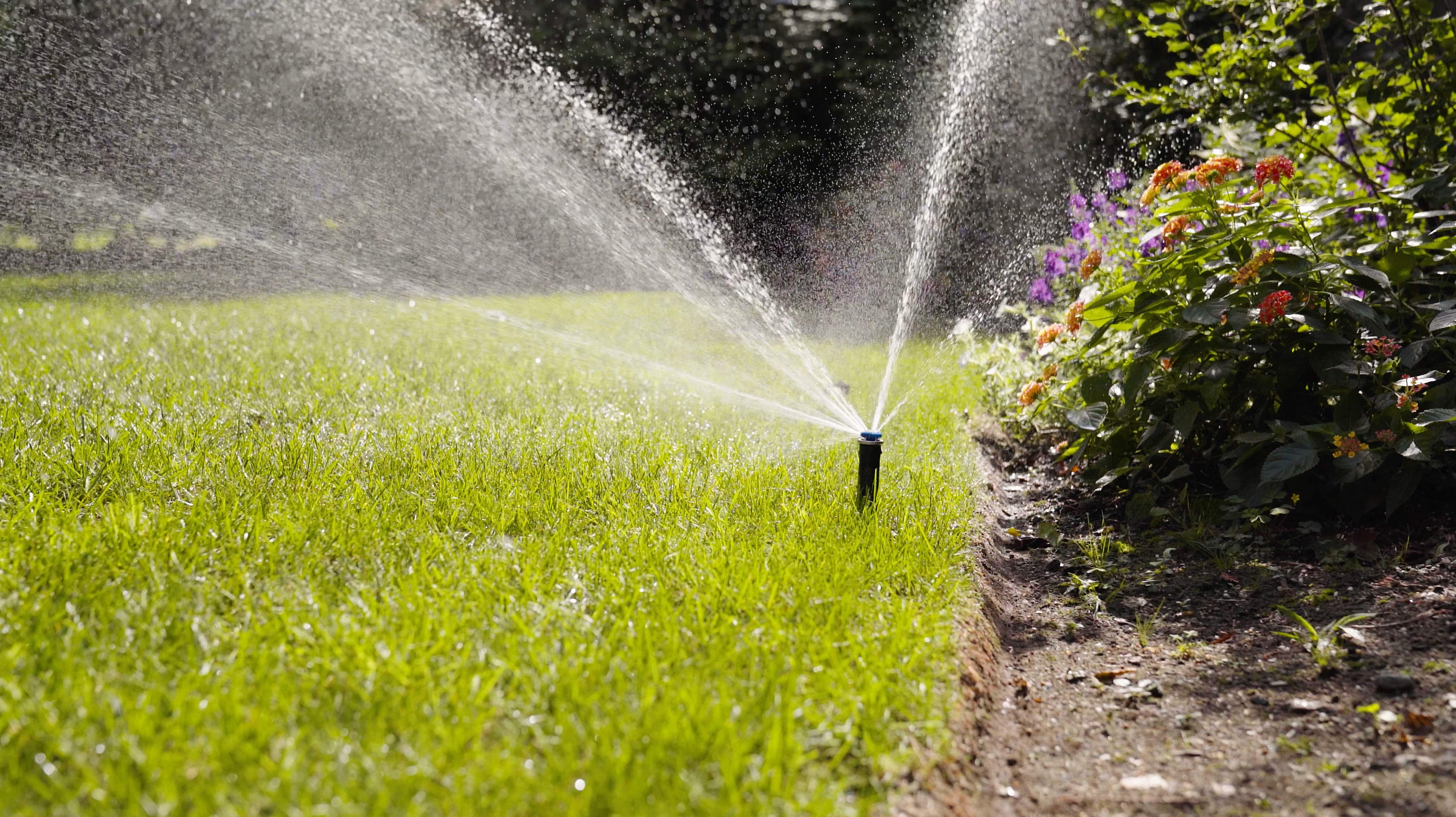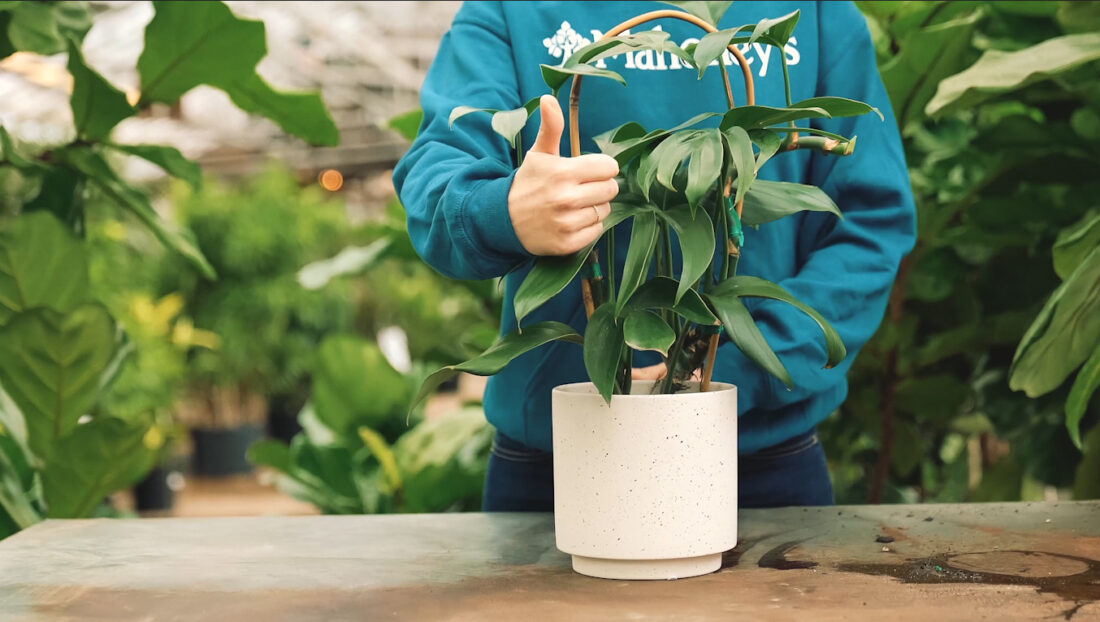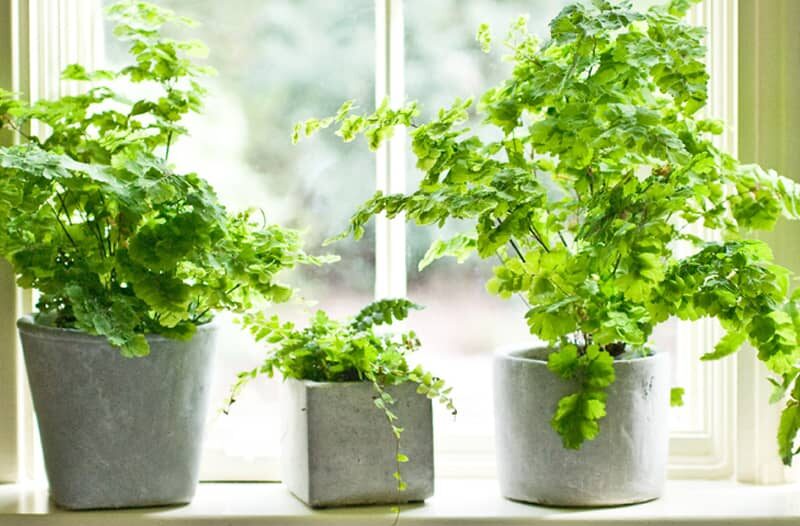The Fascinating Story of Poinsettias and Tips for the Holiday Season
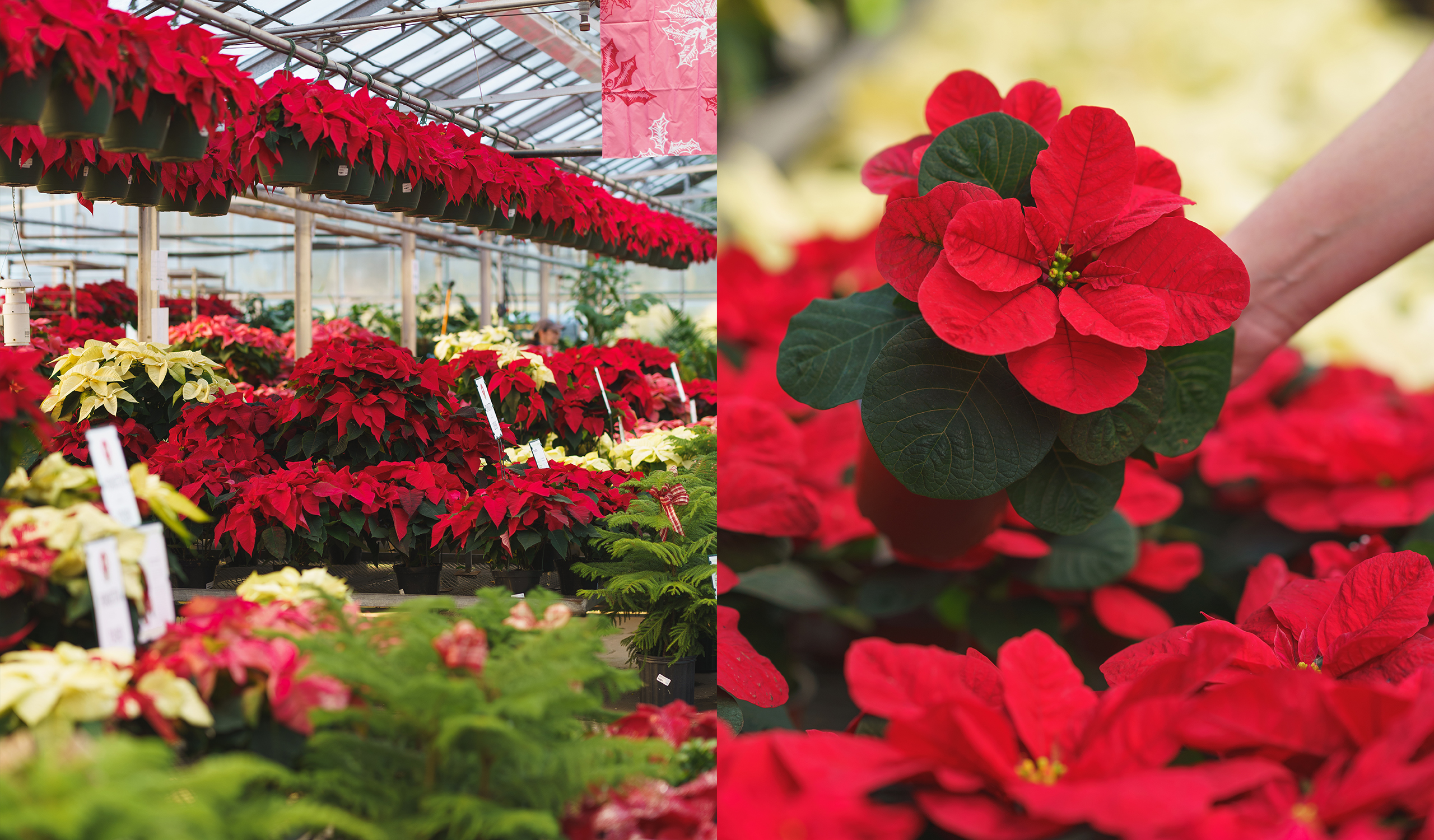
Welcome to the enchanting world of Poinsettias – those vibrant bursts of red, pink, and white that herald the holiday season. As you prepare to deck the halls with these festive favorites, let’s dive into the rich history, captivating biology, and practical care tips that make the Poinsettia a cherished symbol of joy and warmth.
A Blooming History
The Poinsettia’s journey from the sun-drenched landscapes of Mexico to the heart of holiday celebrations worldwide is nothing short of magical. Native to southern Mexico, the plant is known as “Cuetlaxochitl” in Nahuatl, the language of the Aztecs. The Aztec people prized the plant for its brilliant red bracts and utilized its sap for medicinal purposes.
Joel Poinsett, the U.S. Ambassador to Mexico in the early 19th century, encountered this botanical gem during his diplomatic tenure. Struck by its beauty, he sent samples back to his home in South Carolina, introducing the Poinsettia to the United States and sparking its meteoric rise to seasonal stardom.
Want to learn more about the fascinating history of the Poinsettia? Click here!
Flourishing in Mexico’s Landscape
In its native habitat, the Poinsettia isn’t confined to a decorative pot; it naturally grows into large, lush shrubs, transforming the Mexican landscape with a riot of colors. This perennial evergreen shrub, known botanically as Euphorbia pulcherrima, thrives in the warm, subtropical climates of Mexico and Central America.
Reaching heights of up to 10 feet, the wild Poinsettia graces hillsides and open areas, contributing to the vibrant tapestry of Mexico’s flora. Its adaptability to varying soil types and preference for well-draining conditions make it a resilient presence in the natural environment.
Behind the Brilliance: Bracts and Flowers
While the Poinsettia’s beauty is undeniable, it may surprise you to learn that what we commonly perceive as petals are, in fact, specialized leaves known as bracts. These bracts are responsible for the plant’s stunning array of colors, ranging from classic red to elegant white, and soft pink. Nestled within these vibrant bracts are the Poinsettia’s tiny, inconspicuous flowers, located at the center of the plant. It’s a true marvel of nature, where the leaves steal the spotlight, and the flowers work their magic quietly.
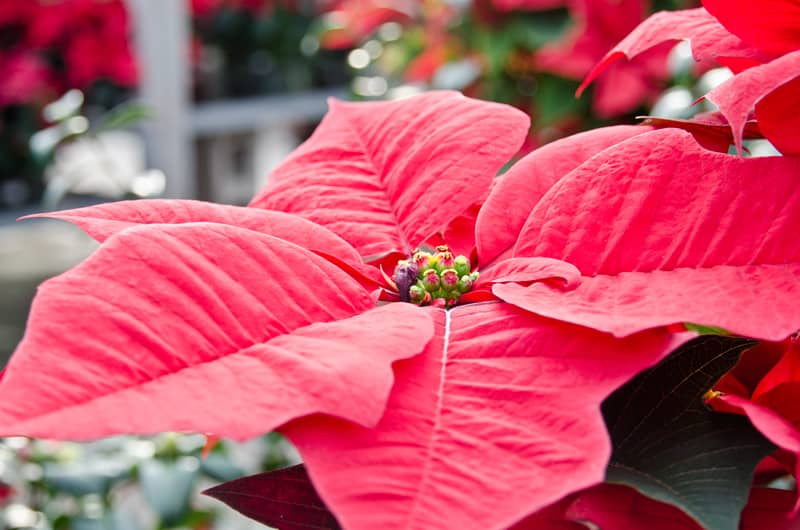
Poinsettia Care 101
Now that you’re enchanted by their history and beguiled by their unique biology, let’s ensure your Poinsettias thrive throughout the holiday season and beyond. Here are some friendly tips for keeping these botanical wonders happy:
Light and Location
- Poinsettias love bright, indirect light, so find a cozy spot near a window with filtered sunlight
- Avoid placing them in drafty areas, as they prefer a stable temperature.
Watering Wisdom
- Allow the soil to dry out slightly between waterings
- Overwatering can lead to root rot, so moderation is key to a healthy Poinsettia
Feeding Fun
- Fertilize your Poinsettia every 2-4 weeks during the growing season (spring and summer)
- Opt for a balanced, all-purpose fertilizer to keep those bracts looking vibrant
Extended Joy
- To encourage reblooming, reduce the amount of daylight your Poinsettia receives starting in October
- Keep them in complete darkness for 14 hours a night, ensuring they get 10 hours of bright light during the day. This mimics the natural conditions that trigger blooming
Click here for our detailed printable care guide!
As you welcome these iconic plants into your home this holiday season, remember the rich tapestry of history and biology that accompanies each Poinsettia. By caring for them with a touch of TLC, you can extend the magic well beyond December and enjoy the beauty of these festive companions throughout the year. Happy holidays and may your poinsettias flourish with the spirit of the season!
